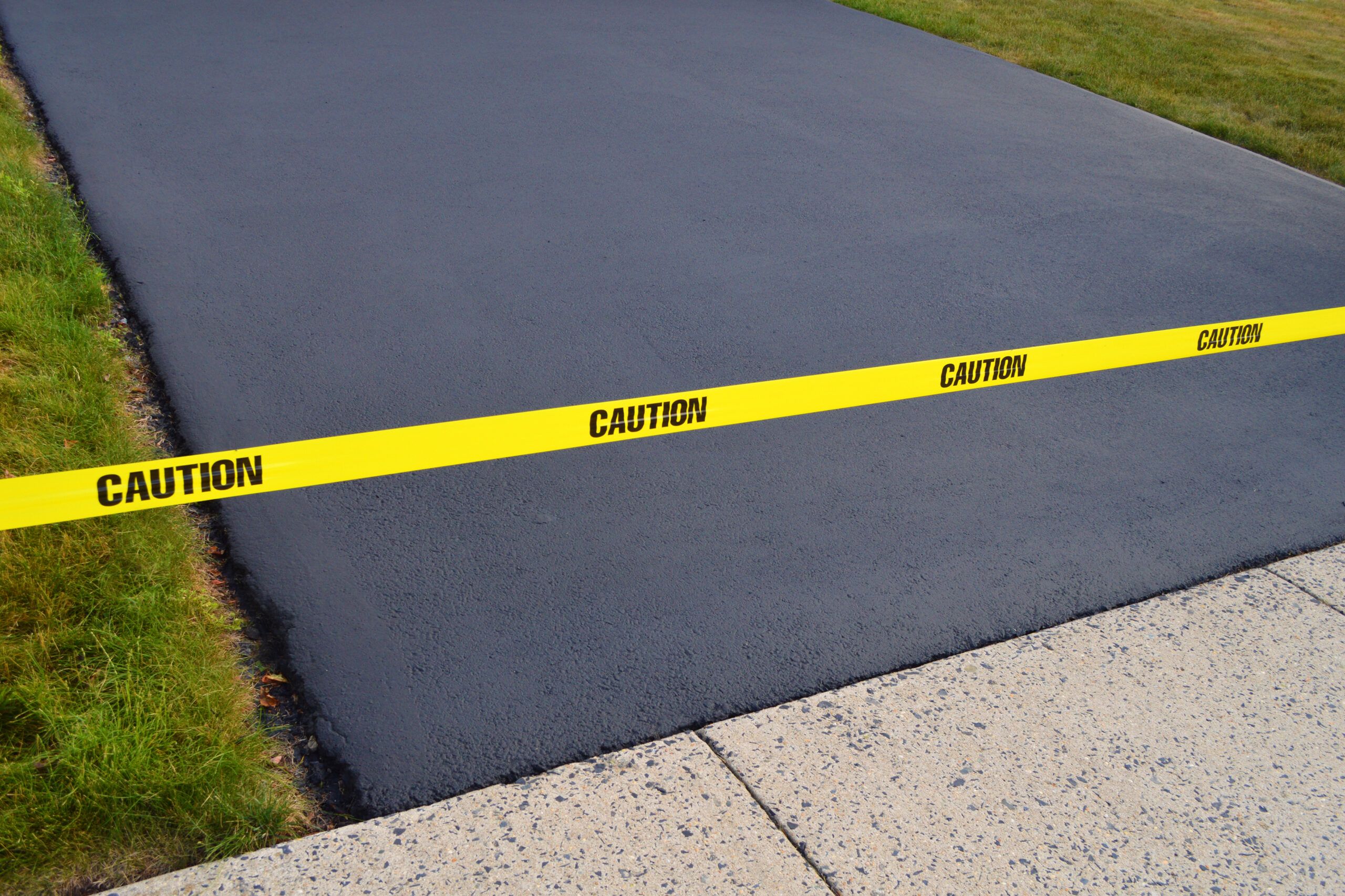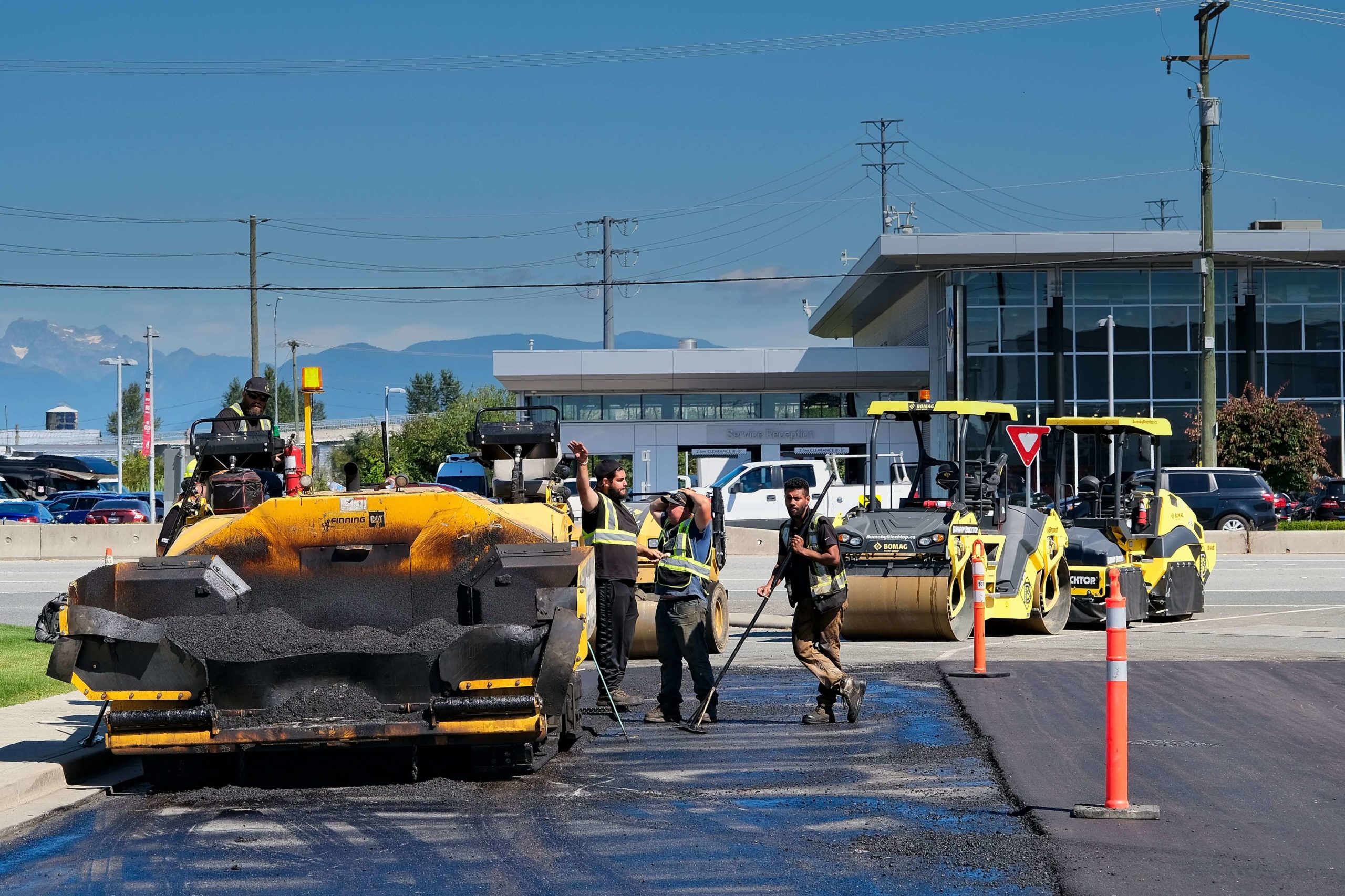How to Utilize Cold Mix Asphalt for Sturdy and Sustainable Roadways
In the world of road construction, the use of cool mix asphalt stands as an approach that holds assurance for toughness and sustainability. The ins and outs included in its application, from the thorough preparation of products to the specific blending process, are crucial in accomplishing a high-quality mix. The true essence lies not only in its preliminary application however also in the tactical upkeep methods that guarantee its durability. By diving into the nuances of cool mix asphalt beyond the surface area, a much deeper understanding emerges of just how this seemingly easy product can lead the means for roadways that sustain the test of time.
Advantages of Cold Mix Asphalt
Cold mix asphalt provides resilient and affordable remedies for roadway building and construction tasks. Among the main advantages of cold mix asphalt is its flexibility. Unlike hot mix asphalt, cold mix asphalt can be utilized in numerous climate condition and appropriates for both irreversible applications and short-term fixings. This adaptability makes it a useful choice for upkeep projects and emergency situation repair work.
Another benefit of cold mix asphalt is its ease of application. Because it can be accumulated for extended periods without hardening, it streamlines the logistics of roadway building projects. Furthermore, cold mix asphalt does not require specific devices for laying and blending, lowering total project costs and making it easily accessible for small jobs in remote locations.
In addition, cold mix asphalt is eco-friendly. Its manufacturing procedure takes in much less power contrasted to warm mix asphalt, causing reduced carbon exhausts. Making use of cold mix asphalt also minimizes the requirement for regular repair work, resulting in much less waste and lower product consumption over the life-span of the roadway.
Preparation and Mixing Process
To attain ideal performance and uniformity in roadway building and construction making use of cold mix asphalt, careful focus to the preparation and blending procedure is important. The preparation stage includes ensuring that the accumulated products are clean, completely dry, and devoid of any pollutants that might affect the quality of the mix. It is vital to accurately measure and proportion the bitumen and accumulations to achieve the preferred mix style.
The mixing process is an essential step that dramatically influences the final quality of the cool mix asphalt. Appropriate blending makes certain that the accumulations are consistently coated with the asphalt binder, causing a homogenous blend that provides outstanding workability and sturdiness. The mixing devices utilized need to can completely blending the materials with each other without triggering excessive home heating that could endanger the more info here buildings of the mix.
Application Strategies for Roadways
Achieving optimal roadway construction making use of cold mix asphalt requires specific application methods that ensure consistent insurance coverage and long-lasting sturdiness. When using the cold mix asphalt, making use of the right equipment such as a paver can assist achieve consistent thickness and density. It is vital to comply with manufacturer specs concerning layer density and compaction demands to guarantee the durability and efficiency of the cool mix asphalt road.
Upkeep Tips for Long Life
For optimum long life of roads created with cool mix asphalt, executing aggressive upkeep strategies is essential. Normal evaluation of the road surface is critical to determine any type of indications of damage, such as splits or potholes, which should be resolved promptly to avoid more deterioration. One effective maintenance suggestion is to conduct regular patching and sealing of any visit the site harmed locations to avoid water infiltration and maintain the structural stability of the pavement.
Along with responsive maintenance steps, it is important to do preventive maintenance to prolong the lifespan of chilly mix asphalt roads. This consists of routine sweeping to eliminate particles and stop it from accumulating and creating damage to the surface. Furthermore, using a protective sealant or rejuvenator can assist boost the resilience of the asphalt mix and improve resistance to ecological elements such as UV rays and oxidation.
Environmental Effect and Sustainability
The assessment of cold mix asphalt's ecological influence and sustainability involves a thorough evaluation of its carbon impact and long-term ecological impacts. Cold mix asphalt uses a number of ecological benefits compared to hot mix asphalt, largely due to its lower manufacturing temperature level. This lower temperature level results in lowered power usage during manufacturing, leading to reduced greenhouse gas exhausts. Additionally, chilly mix asphalt can be produced using recycled products, further decreasing its ecological influence by lowering the need for virgin accumulations and lowering waste sent out to land fills.
In terms of sustainability, using cold mix asphalt can add to longer-lasting roadways, decreasing the regularity of repair work and resurfacing. This long life helps conserve natural deposits by reducing the amount of new materials required for roadway upkeep. Moreover, the capability to recycle and recycle chilly mix asphalt in maintenance and rehab jobs enhances its sustainability by promoting a round economy strategy. In general, cool mix asphalt offers a durable and environmentally friendly option for building and preserving roadways with a lowered ecological footprint.

Verdict
In final thought, using cold mix asphalt for roadways provides many benefits such as durability, sustainability, and reduced ecological impact. By following correct preparation, blending, application, and upkeep methods, roads can be created to last longer and call for less energy consumption This Site and greenhouse gas discharges. Carrying out chilly mix asphalt in roadway building and construction projects is a environmentally friendly and economical remedy for producing resilient and sustainable infrastructure.
Unlike warm mix asphalt, cold mix asphalt can be used in various climate conditions and is suitable for both long-term applications and momentary repair work - asphalt patch repair. Additionally, cold mix asphalt does not require specific tools for laying and blending, decreasing total project costs and making it easily accessible for small jobs in remote areas
